The Science of Neurotransmitters and Their Role in Mood Regulation
Introduction
Neurotransmitters are chemical messengers that transmit signals across a neuronal synapse, the small gap between neurons. They play a crucial role in the transmission of signals in the nervous system. These chemical messengers have a significant impact on mood regulation, influencing feelings of happiness, anxiety, fear, and sadness.

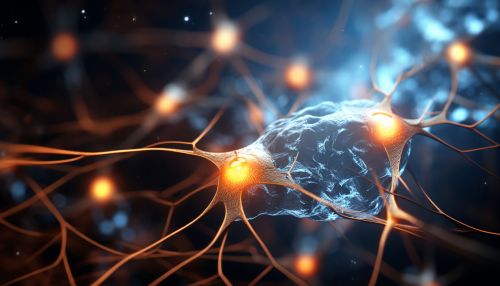
Types of Neurotransmitters
There are several types of neurotransmitters, but the ones most associated with mood regulation are serotonin, dopamine, norepinephrine, and gamma-aminobutyric acid (GABA).
Serotonin
Serotonin is a neurotransmitter that is primarily found in the gastrointestinal tract, blood platelets, and the central nervous system of animals and humans. It is well known for contributing to feelings of well-being and happiness.
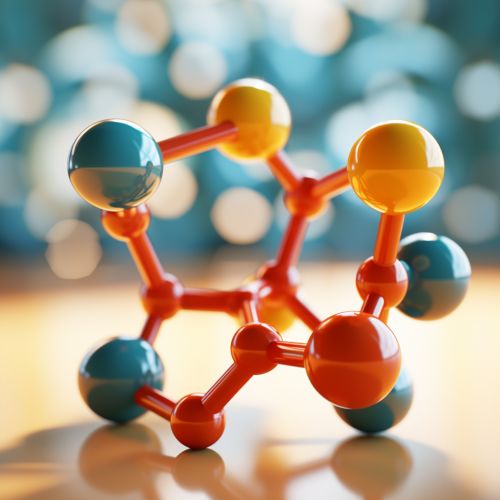

Dopamine
Dopamine is a neurotransmitter that plays several important roles in the human brain and body. Its functions in the brain include mood regulation, memory, and voluntary movement. It is often associated with the brain's reward system, providing feelings of enjoyment and reinforcement to motivate us to perform certain activities.

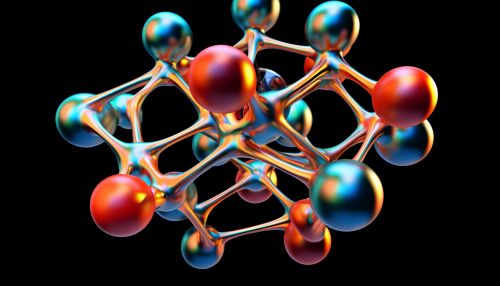
Norepinephrine
Norepinephrine, also known as noradrenaline, is a neurotransmitter that plays a role in attention and focus. It is also involved in the body's "fight or flight" response, preparing the body for action.

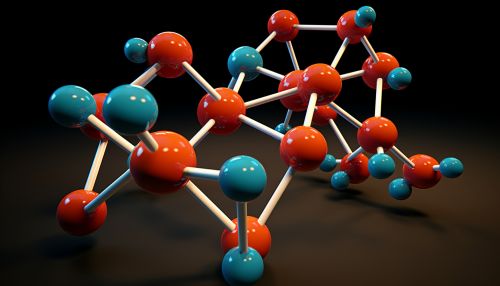
Gamma-Aminobutyric Acid (GABA)
Gamma-aminobutyric acid (GABA) is the primary inhibitory neurotransmitter in the brain, meaning it reduces neuronal excitability. This can lead to feelings of calmness and relaxation.
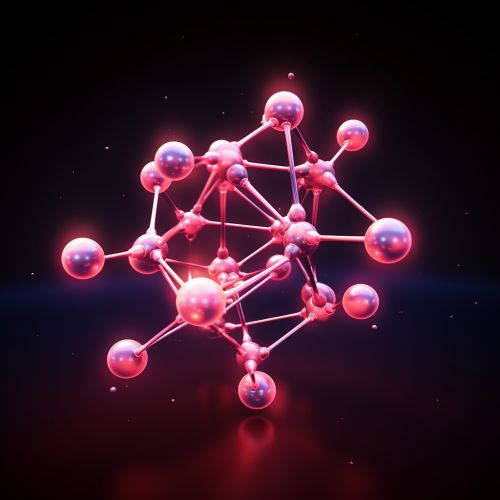
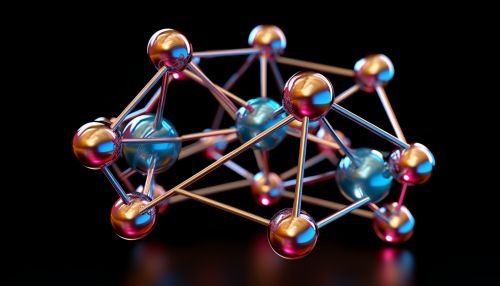
Neurotransmitters and Mood Regulation
Neurotransmitters play a significant role in mood regulation. Imbalances in these chemicals can lead to mood disorders such as depression and anxiety.
Serotonin and Mood Regulation
Serotonin is often called the "feel good" neurotransmitter because it contributes to feelings of well-being and happiness. Low levels of serotonin are associated with depression, while increased levels of serotonin can create feelings of contentment and relaxation.
Dopamine and Mood Regulation
Dopamine is associated with the pleasure system of the brain and is released during pleasurable situations. It is also associated with learning, memory, and motor system function. An imbalance in dopamine levels can lead to mood disorders such as depression and bipolar disorder.
Norepinephrine and Mood Regulation
Norepinephrine plays a role in mood regulation by influencing attention and focus. It is also involved in the body's "fight or flight" response, which can affect mood. Imbalances in norepinephrine can lead to mood disorders such as depression and anxiety.
Gamma-Aminobutyric Acid (GABA) and Mood Regulation
GABA is the primary inhibitory neurotransmitter in the brain, which means it reduces neuronal excitability. This can lead to feelings of calmness and relaxation. Low levels of GABA are associated with anxiety and mood disorders.


Conclusion
Neurotransmitters play a crucial role in mood regulation. Imbalances in these chemicals can lead to mood disorders such as depression and anxiety. Understanding the role of neurotransmitters in mood regulation can help in the development of treatments for these disorders.
